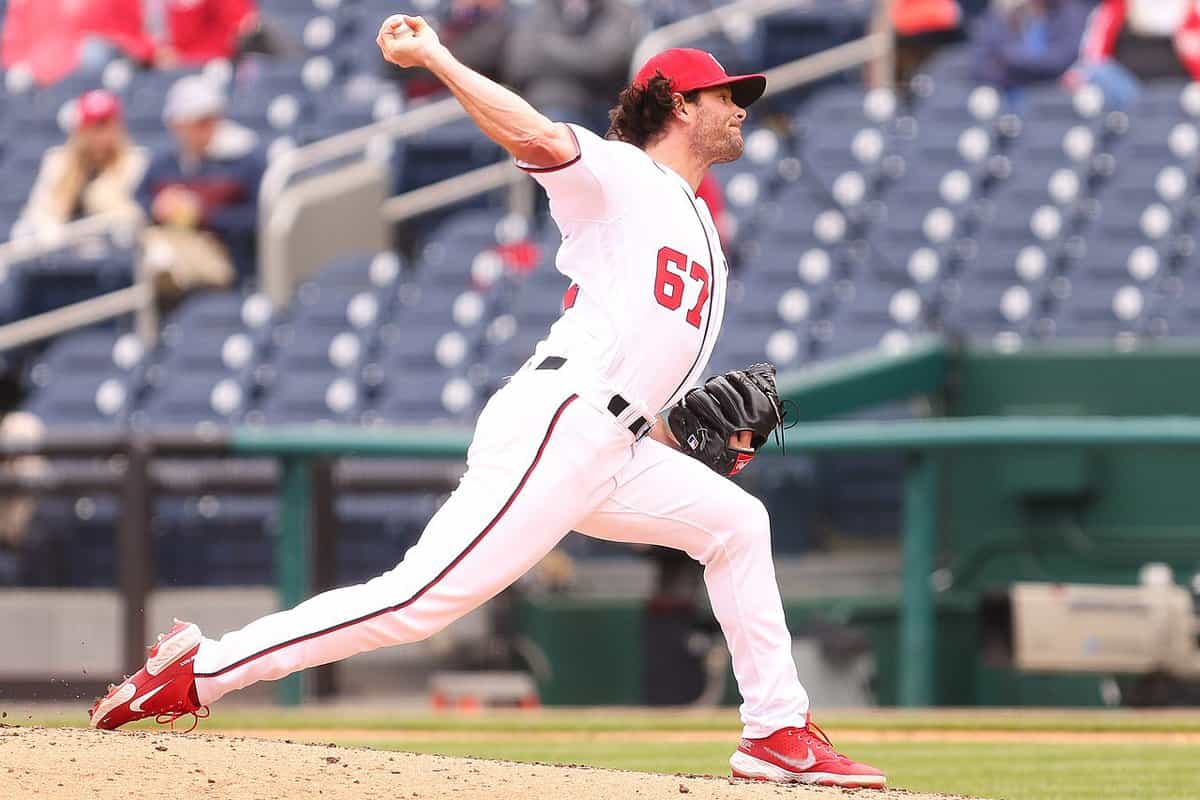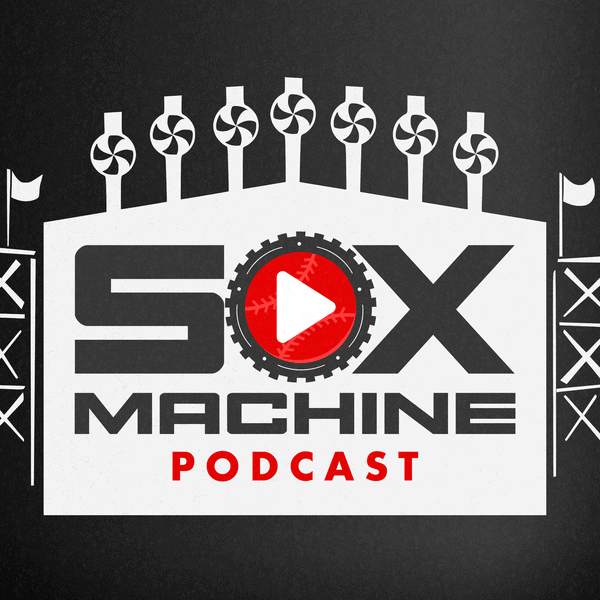The White Sox could've done more to clear the decks at the non-tender deadline, but by declining to offer contracts to Gavin Sheets and Enyel De Los Santos to cap off weeks of winnowing, the White Sox are bringing back less than half of their nine arbitration-eligible players.
- Andrew Vaughn: $6.4M
Nicky Lopez: $5.1M- Garrett Crochet: $2.9M
Gavin Sheets: $2.6MEnyel De Los Santos: $1.7MJimmy Lambert: $1.2M- Justin Anderson: $1.1M
- Steven Wilson: $1M
Matt Foster: $900,000
Should the White Sox end up trading Crochet over the course of the winter, that's six roster spots turned over by the non-tender deadline alone.
Updating the White Sox's payroll picture to account for the projected salaries for the retained arb-eligible players, the addition of Austin Slater, and league-minimum-ish salaries for the remaining 19 spots, and the financial obligations add up to a little bit short of $60 million. In previous winters, this would give the Sox quite a bit of leeway for additions. Sure, they'd use that room to spread around contracts to decent relievers and position players on the precipice of steep decline, but it still looks like the good old days compared to the present predicament.
The White Sox weren't alone in contributing additional players with some level of name recognition to the free agent pool on Friday.
Most notable among the old friends, the Cubs non-tendered Nick Madrigal, capping off three mostly disappointing seasons on the other side of town. He hit .251/.304/.312 over 202 games, limited by an assortment of leg injuries, as well as a back issue and a broken hand on an HBP. He remains a .355/.434/.484 hitter over 58 career games at Triple-A, so we probably haven't seen the last of him at the major league level.
Two other top prospects non-tendered on Friday could hold some appeal to the White Sox. Dylan Carlson, a switch-hitting outfielder and former consensus top-20 prospect with the Cardinals, was let go by the Rays, after a midseason trade provided only the faintest of rejuvenation. He hit just .209/.287/.277 with the two teams, as season-ending ankle surgery in 2023 didn't provide the rebound he'd hoped for. He could very well be toast, but he's younger than both Dominic Fletcher and Zach DeLoach.
He'd probably come cheaper than Brendan Rodgers, the former third-overall pick whom the Rockies decided to cut loose. He was actually decent last year -- .267/.314/.407 with 13 homers, albeit in Coors -- but it apparently wasn't enough to justify a $5.5 million projected salary for his final year of arbitration.
Rodgers was routinely a top-30 prospect during his time in the minors, including a No. 16 ranking with Baseball America in 2017. That's worth pointing out because the White Sox have found it hard to resist anybody from that particular vintage. Prospects from that list they've employed at one point or another include:
- Andrew Benintendi (1)
- Yoán Moncada (2)
- Nick Senzel (9)
- Eloy Jiménez (14)
- Lucas Giolito (25)
- Brent Honeywell Jr. (30)
- Reynaldo López (31)
- Michael Kopech (32)
- Clint Frazier (39)
- Blake Rutherford (45)
- Michael Soroka (48)
- Erick Fedde (52)
- Zack Collins (56)
- A.J. Reed (72)
- Casey Gillaspie (74)
- Dylan Cease (97)
- Justin Dunn (100)
Dunn became the 17th when the White Sox signed him to a minor-league deal a couple weeks ago. If Rodgers isn't the 18th, the Rockies provided another option by non-tendering Cal Quantrill, who ranked 96th that year.
Quantrill actually could pass as a potential White Sox target as they look to buy low on starting pitcher innings, a la Chris Flexen last year. Quantrill's walk rate exploded with the Rockies -- a league-leading 69 in just 148⅓ innings -- but Flexen returned to usefulness after a miserable time in Colorado, so there's precedent. Likewise Griffin Canning also fits the Flexen mold, whether due to his ability to pitch a lot of innings (171⅔) while giving up a lot of runs (5.19 ERA), or his ability to field his position, as he was a Gold Glove finalist.
The outfielder market also filled out a little on Friday. Austin Hays would give Ryan Fuller another former Oriole named "Austin" to worth with after a disappointing last couple months with the Phillies, Ramón Laureano is coming off a surprising resurgence with the Braves. A steadier profile belongs to Mike Tauchman, who posted a .360 OBP over two years with the Cubs, which made his non-tendering a little bit of a surprise.
Also, two former closers hit the market -- Washington's Kyle Finnegan, who saved 38 games for the Nationals last year despite pedestrian peripherals, and Jordan Romano, who posted three consecutive strong high-leverage seasons with the Blue Jays before battling an elbow problem in 2024. In both cases, save numbers are rewarded in arbitration hearings, and both were projected to make in the neighborhood of $8 million in arbitration under less than bankable circumstances.
The White Sox bullpen doesn't really possess a hierarchy at the moment. Michael Kopech managed to lead the team with just nine saves, and nobody else on the team recorded more than two. Justin Anderson is probably the closet thing to a closer with his six career saves, and there's a reason why he's been given limited shots at it.
Pedro Grifol was comfortable eschewing the traditional closer role for a more flexible high-leverage strategy. In theory, there's nothing wrong with using your best relievers against the other team's best hittters. In practice, the constant demands of facing the middle of the order in close games ended up exacerbating any slumps, as the White Sox saw with Kopech last year, and Reynaldo López in 2023. If Will Venable and Ethan Katz would prefer to do a little less thinking at the end of the game this time around, there are now a couple of lower-cost options who have a track record of being the default option in the ninth inning.






